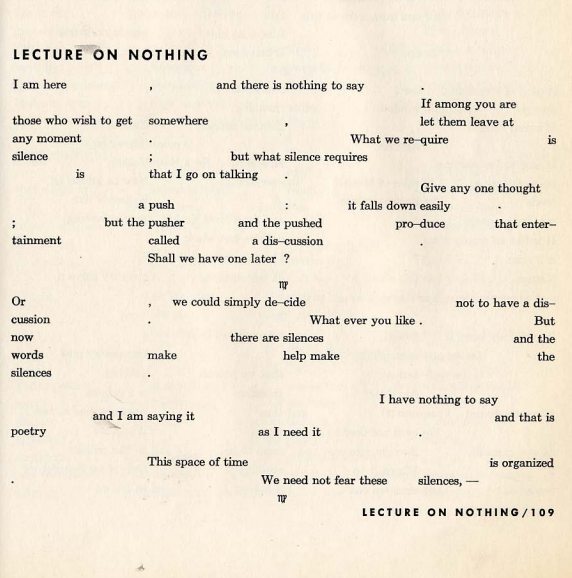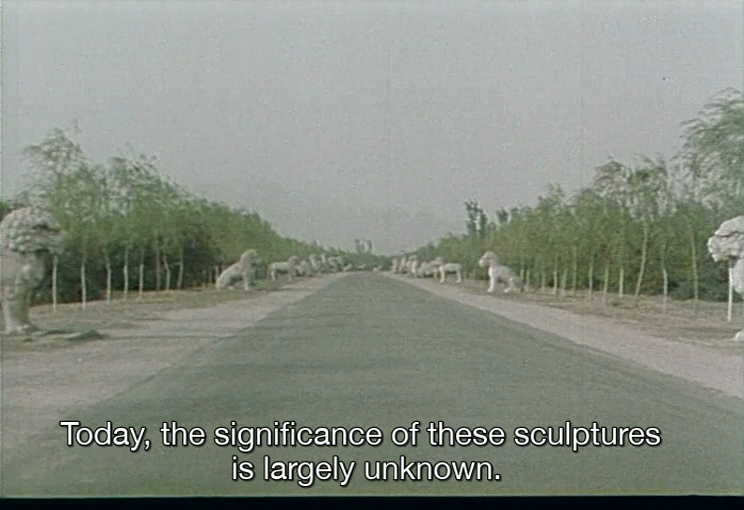“In itself, every idea is neutral, or should be; but man animates ideas, projects his flames and flaws into them; impure, transformed into beliefs, ideas take their place in time, take shape as events: the trajectory is complete, from logic to epilepsy . . . whence the birth of ideologies, doctrines, deadly games.
Idolaters by instinct, we convert the objects of our dreams and our interests into the Unconditional. History is nothing but a procession of false Absolutes, a series of temples raised to pretexts, a degradation of the mind before the Improbable. Even when he turns from religion, man remains subject to it; depleting himself to create fake gods, he feverishly adopts them: his need for fiction, for mythology triumphs over evidence and absurdity alike.”
E.M Cioran – A Short History of Decay
I’m interested in context. In time and atmosphere. I am thinking about containers, about breath and how it moves, its virality. I am thinking of how we build the context that surrounds us on our own terms. I am thinking about malfunction and falter, of things being in and out of grasp. I am thinking about the dissonance between form and content, the dysfunction of language. Of chance and improvisation.
From where do I/you/we revolt and into what?
My work often feels like it’s about the creation of an absence, rather than a presence. A delineation of space made up of strands, missives, artefacts and extracts – each vying for attention and selected suddenly in a moment of action. A constant doing and un-doing, the absence becomes most perceivable through dissonance and the products of its decay, through a rupture by which one is made aware of that which is missing. This is a large part as to where my interest in sound stems from – not just as a method for creating dissonance but for contextualising it and making it possible to consider it intrinsic to processes of life. By embracing the aleatoric methods of improvisation, call & response and repetition, working in sound allows me to contest the division between the realm of memory and the realm of experience.
Context itself is of course not immune to decay. It is a very ephemeral, malleable, vulnerable thing. Context has sides to it, it both is and contains a mass. Context can be dimensional in the way it delineates one’s understanding of a subject, especially in the way it too is subjective and thus prone to ideological investment.
What is it to shape an understanding?
So much of daily life is characterised, for me, by a sense of quiet dissonance and an absence of context. The absurdity of the normal. The mundanity of human beings. The dissonance perhaps most profound between the evidence of our potential and our seeming perpetual lack of imagination. Musically speaking, dissonance is considered necessary, beyond its plain existence as part of a dichotomy with consonance, in as far as it is capable of producing not just tension but a sense of motion. However, I believe that the volatility of our time does not come from dissonance. It is my belief that it stems precisely from the imposition of false consonance upon the every day that is beginning to decay at a new, more fundamental level than before. The repeated calls for unity and understanding of one another’s differences are nothing but more fog in an already contextless, hyper-ambient state of collapse.
To some extent, the same as it ever was.
In my practice, I attempt to construct a context, primarily through the use of sound and sometimes its installation with objects and/or images. I seek to develop forms that do not follow logical criteria, but are based only on subjective associations and formal parallels, which incite the listener/viewer to make new associations. This is equally for myself and for an audience – for I see little separation between those two things. By examining ambiguity and origination via repetition and variation, I attempt to expand on the dynamic between audience and author by objectifying emotions and investigating the duality that develops through different interpretations.
This relationship, between myself an audience (real or imagined) is organic and troublesome – the you, the I, the we, the us, the them is forevermore entangled than we like to think or allow it to appear. The form I am often trying to make is one that, from one perspective it could be argued, both relies upon and simultaneously rejects participation. From another perspective, one I currently favour over the other, it is more a case of being indifferent to participation – and at the least sceptical of its manifestations.
I believe that it is possible for narrative and formalism to co-exist on equal footing within a work and that is what I am often trying to achieve. I do not believe narrative needs to be explicit in order to be successful, on the contrary, by focussing on the construction of a context – narrative possibilities are expanded and qualified throughout multiple subjectivities. My interest in narrative and in context stems from the absence of it I feel in contemporary life that aligns with my experience of the world, that gestures toward the prevailing sense that there is no way out. To build or embrace a context of one’s own creation is affirmation that there is.
Formalism and conceptualism appeal to me as an illusion of an outside. A simulacrum of experience often beyond spoken or written language. That one might utilise a work of ‘pure form’ abstraction upon which to project their experience is for me a crucial aspect of how one builds context for themselves. That one might enact an artwork of singular conceptual form for their own private consumption is to expand their opportunity at feeling all of the mystery of life. In any sense I would like to see my work as various situations in which that is made possible for such a person. Where narrative emerges as much or as little as the spectator, audience member or myself should see fit. The idealism of modernist approaches with less of the reason, the scepticism of postmodernity with less of the irony.
An embrace of ambiguity and the complexity that surrounds it. An uncompromising commitment to transcendence. Sculpture as possibility, as a presence awaiting fulfilment.

Featured Image: 'Chung Kuo, Cina', (1972), [Excerpt], Michelangelo Antonini.


